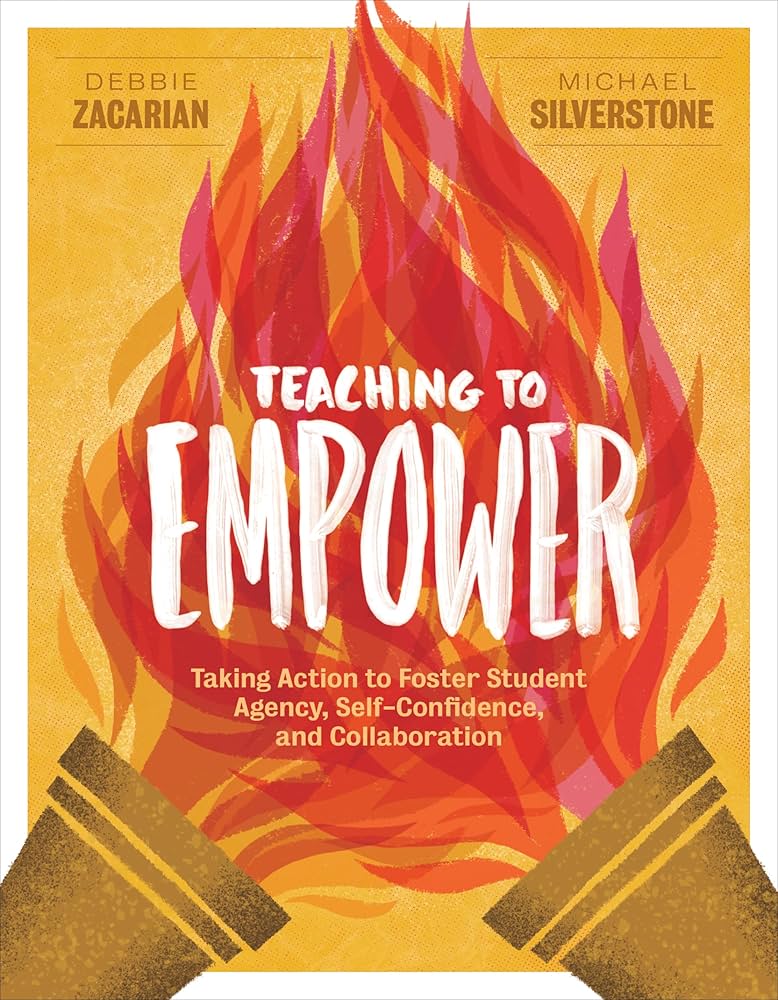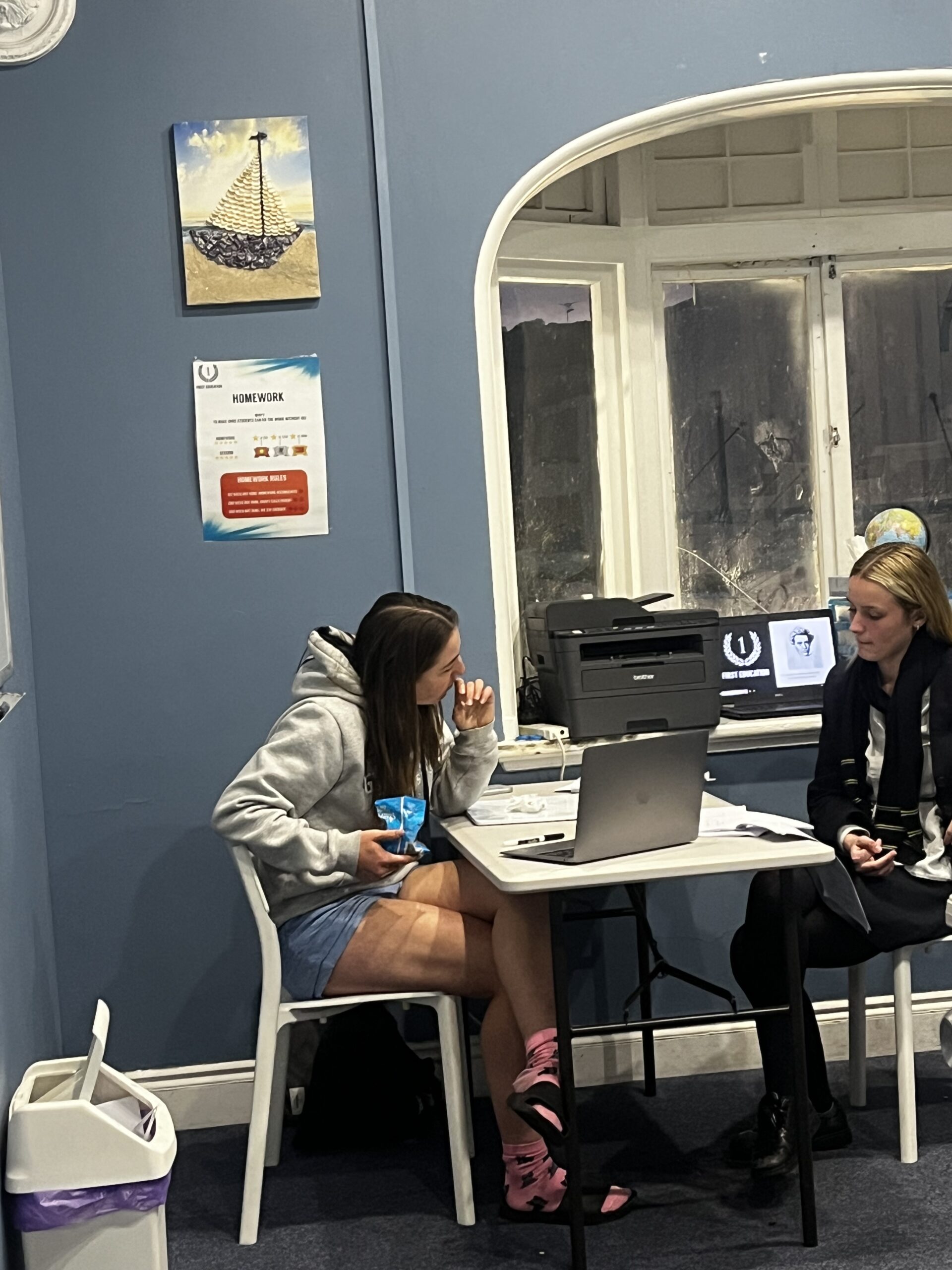
I think AI has helped in many ways from summarising key points to finding information on a topic. However, as leaders, I think it has hindered our ability to problem solve, persevere and decreased our attention span. In saying this, I don’t think AI will replace leadership in any way, however, it will inhibit some key skills. To test this, I put in Chat GPT “Give me resources on how AI will inhibit leadership”, and it gave me numerous resources. This is helpful, but it reduces our ability to divert our attention for 20 minutes trying to find resources on this topic. Thus, reducing our attention span as everything is so instant and reducing our ability to problem solve when we can’t find the source for a topic. However, AI is unable to grapple with the ‘soft’ human skills like empathy, authority, honesty, humility and communication. Thus, when leaders use AI in their jobs, for example writing a speech, it can come of cold, detached and formulaic. Thus, is not as impactful. This made me think about the most impactful speeches, which were infused with so much emotion (for example, ‘I Have a Dream’ speech), which was written before AI was even created. Therefore, I believe AI has not place in leadership as leadership relies on so much of the ‘soft’ human skills that AI cannot replicate.
Charlotte










